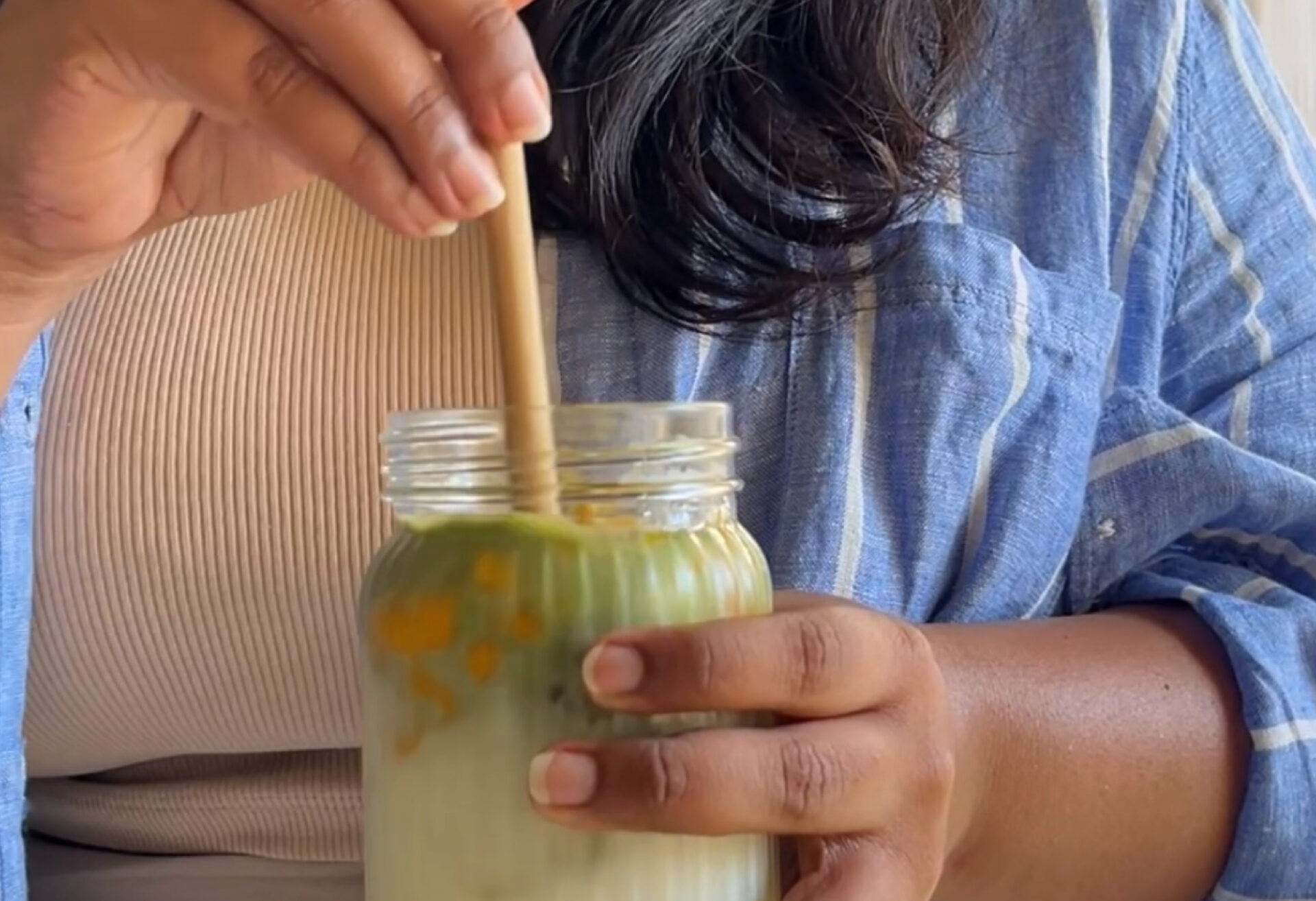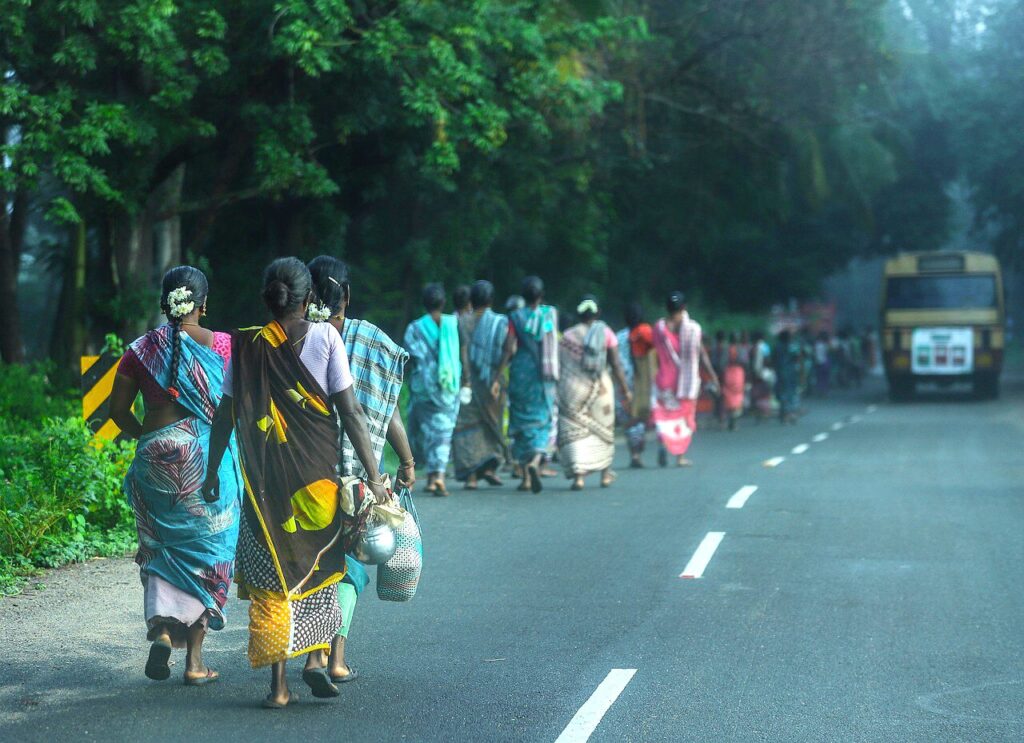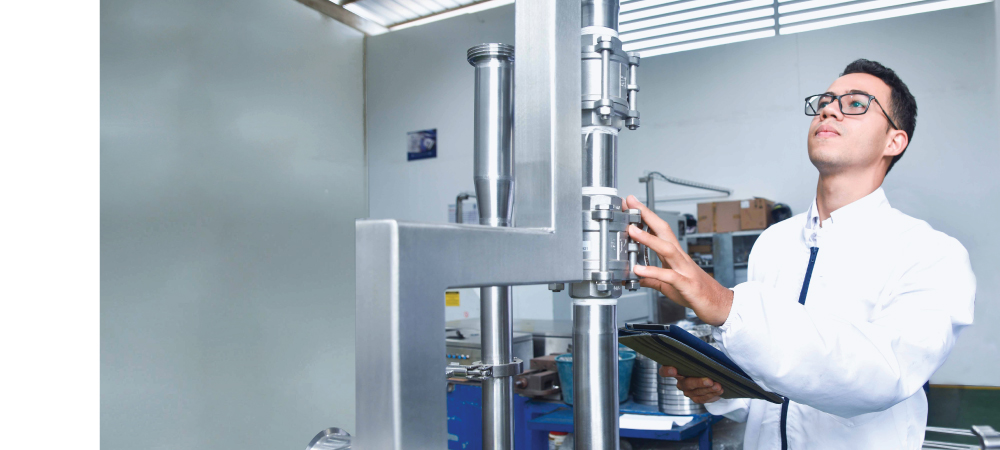
Table of Contents
In India, milk is not just a food: it is a symbol of prosperity, a cultural legacy, and an economic engine generating $76.49 billion annually. By 2025, this market—the largest in the world—will face a pivotal moment. On one hand, tradition remains strong: millions of families rely on sacred cows and ancestral methods. On the other, technological innovation and shifting consumer habits are redefining the rules. How can B2B leaders navigate this dual scenario? The answer lies in understanding emerging trends and investing in solutions that balance scale, efficiency, and respect for local identity.
A Growing Market with Unique Challenges
India not only leads global milk production (44% of the world’s total) but also serves as a laboratory of opportunities. Market volume is projected to reach 81 billion kg by 2030, with per capita consumption of 50.2 kg annually. However, behind these figures lie complex realities: 30% of milk is lost due to lack of refrigeration, and 60% of the sector remains in the hands of unorganized small-scale producers. This is where technology bridges tradition and progress.
Key Trends: What Decision-Makers Need to Know
1. The Reign of UHT Sachet Milk
In a country where 70% of milk is consumed unprocessed or in basic formats, UHT sachets emerge as the ideal solution. Their popularity stems from extended shelf life (up to 6 months without refrigeration) and adaptability to rural and urban areas. By 2025, 200 ml to 1-liter packaging will dominate shelves, particularly among young households seeking practicality without sacrificing quality. Companies like ESSI, specialists in aseptic packaging technologies, find fertile ground here: multilayer materials that preserve nutrients and rapid-fill systems will reduce logistical costs and expand geographic reach.
2. Dairy Derivatives: An Untapped Treasure
Paneer (fresh cheese) and curd are not just culinary ingredients—they are social phenomena. With 8% annual growth, these products offer a path to diversify portfolios and capture consumers seeking affordable proteins. States like Uttar Pradesh, where paneer consumption is massive, demand functional packaging and sizes tailored to large families. The key lies in combining automated processes with a deep understanding of regional preferences.
3. Automation: The Answer to Scale
Producing over 239 million metric tons of milk annually demands efficiency. Leading cooperatives are already integrating IoT sensors and palletizing robots to reduce waste by 15%. By 2025, end-of-line automation—from labeling to quality control—will be a necessity, not a luxury. This not only optimizes costs but also ensures safety standards in a market with increasingly strict government regulations.
4. Sustainability: Beyond Buzzwords
While Indian consumers still prioritize price over eco-friendliness, global pressure is reshaping norms. Biodegradable sachet packaging and partnerships with local producers to reduce methane emissions will become competitive differentiators. Companies that integrate sustainability without raising costs—for example, using solar energy in processing plants—will gain traction in a market with slim profit margins.
Forecasts and Strategic Actions for 2025
The future of India’s dairy sector hinges on three pillars:
- Investment in UHT Technology: To reduce post-production losses and reach remote markets.
- Regional Customization: Adapt packaging sizes and products to state-specific preferences (e.g., 500 ml sachets in the north, where paneer is essential).
- Collaboration with Small Producers: Modernize their infrastructure without displacing their cultural role, creating more resilient supply chains.

A Call for Smart Adaptation
India is not a market for those seeking shortcuts. It is an ecosystem where the ancestral and the modern coexist, and success requires solutions that honor this duality. For B2B players, this means offering accessible technologies—like portable UHT fillers or modular automation systems—that empower both large cooperatives and local producers. At ESSI, we believe the future of dairy lies not in replacing tradition but in enhancing it with practical innovation.Ready to be part of this revolution?
Ver las actualizaciones más recientes para la industria láctea
Fuentes:
National Dairy Development Board (NDDB)
FAO
Statista – Dairy Market in India
Dairy Industries International
AIFPA
Learn more about ESSI’s Packaging Technology
